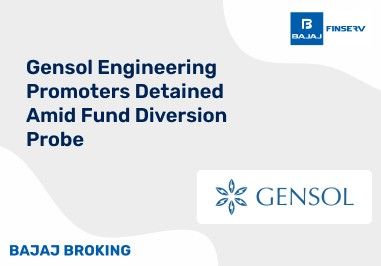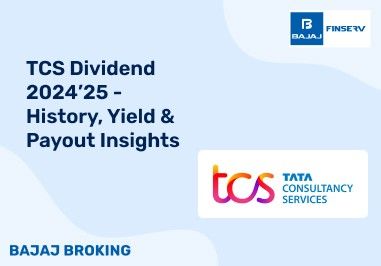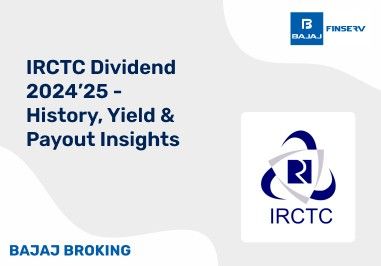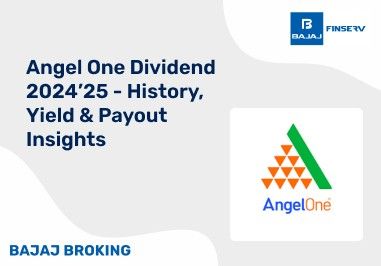Fixed deposits can actually be a good avenue of securing your money and investing it in for higher interest rates. On the other hand, people who want to invest a small sum but multiple times over some period would prefer recurring deposits. SIPs are the investment counterparts of these recurring deposits and imply time-bound periodic investment of an amount in a plan that would serve to accumulate returns over a period of time under the compounding effect.
Both Recurring Deposits (RDs) and Systematic Investment Plans (SIPs) encourage investors to consistently invest money over a period of time with discipline. This promotes the habit of regularly saving money, which might seem insignificant on a monthly basis but then over the term of investment they appreciate in value and prove to be a smart move at maturity.
SIPs allow you to invest in mutual funds and bring you market-associated returns, RDs are fixed-income bearers. RDs offer guaranteed returns at a fixed rate of interest and everything is predetermined in case. In SIPs though, returns vary to some extent. While SIPs offer higher returns they also come with a risk element attached to them. Let’s do a proper comparison of the two options to get a better idea: SIP vs Recurring Deposit.
Comparison Table: SIP vs RD
Aspect
| SIP (Systematic Investment Plan)
| Recurring Deposit (RD)
|
Nature
| Market-linked investment
| Fixed-income savings
|
Risk
| Moderate to high, depending on the market
| Low to negligible
|
Returns
| Potentially higher, not guaranteed
| Guaranteed, pre-determined
|
Liquidity
| High, can redeem anytime (some charges may apply)
| Low, penalties for premature withdrawal
|
Tenure
| Flexible, short or long term
| Fixed, as per the institution’s terms
|
Tax implications
| Capital gains tax on returns
| Interest taxed as per income slab
|
Suitable for
| Long-term wealth creation
| Short-term, risk-free savings
|
The comparison clearly lays out the differences between RDs and SIPs. They are tailored for different kinds of investors with their own purpose. SIPs are high-risk-high-reward investments, where RDs come with lower risk and offer lower but guaranteed returns. Now that we have seen SIP vs Recurring Deposit let’s study the two schemes individually.
What is SIP (Systematic Investment Plan)?
SIP stands for Systematic Investment Plan, where a fixed sum is invested periodically in mutual funds. The plans are so designed that they make the investment very easy and accessible to individuals belonging to every income group. Hence, the money, thus invested through SIPs is utilized to purchase units in mutual funds, thereby reaping the benefit of market-linked returns along with compounding over time.
Systematic investment plans allow a person to invest in various kinds of mutual funds, such as equity, debt, or hybrid funds, as per the aim and risk-accepting capability. It also provides rupee cost averaging through which more units can be acquired when the market is at the lowest, reducing the average cost per unit.
Benefits of SIP
Market-Linked Returns: Can give higher returns than fixed-income options like RDs.
Rupee Cost Averaging: Automatically lowers investment costs by buying more units when markets are low.
Compounding Effect: Small, regular investments grow a lot over time.
Flexibility: Investors can change SIP amounts, pause payments, or end the SIP without penalties.
Liquidity: Mutual fund units can be cashed in anytime, but there may be exit fees or charges.
Low Entry Barrier: SIPs can be started with a low amount, which is usually as low as ₹500 per month.
Goal-Based Investing: Suitable for any goals, whether retirement planning, education funding, or wealth creation.
Encourages Discipline: Regular contributions instill financial discipline and consistent savings habits.
What are Recurring Deposits?
A recurring deposit is a savings plan with banks and post offices. Here, one needs to put in a fixed amount of money every month for a certain number of years, earning the interest rate set at a given percentage. For those who are weary of risk, and if guaranteed returns are more important to them rather than good returns, an RD is a more apt choice.
Unlike SIPs, RDs are not market-linked and hence are free from market fluctuations. The maturity amount and interest rate are known at the beginning and thus clearly provide an understanding of the returns. This makes RDs a preferred choice for short-term financial planning or when one is seeking a secure savings vehicle.
Benefits of RD (Recurring Deposits)
Guaranteed Returns: Rate of interest is fixed. So, growth is predictable.
Low Risk: RD is one of the safest saving options because returns are immune to market changes.
Accessible: Suitable for all income groups as the minimum deposit is very low.
Promotes Savings: Monthly deposits are made regularly to encourage saving.
Easy to Understand: RD is simple and hence an attractive option for new investors.
Flexible Tenure: Investors can opt for a period from 6 months to several years according to their requirement.
Loan Facility: Most banks provide loans against the RD balance, thus providing liquidity without withdrawing the deposit.
Similarities Between Recurring Deposit and SIP
Both demand disciplined regular savings hence promoting steady money habits.
It is good for people with small savings, making it easy for many to use.
Provide customization based on the amount of contribution and tenure.
It can help one achieve specific financial goals, depending on the option chosen.
Accessible through online and offline platforms.
How Do Investors Choose the Right Investment Option?
What is the right choice? SIP vs Recurring Deposit
SIPs and RDs depend upon risk appetite, financial goals, and the investment duration. Although SIPs are ideal for long-term wealth creation with high potential returns, RDs are perfect for conservative investors who seek stability.
Risk Appetite: SIPs are apt for people who ready to take risks associated with the market, while RDs are best suitable for conservative investors.
Investment Horizon: For short-term goals, go for RDs and for long-term financial goals, for SIPs.
Return Expectations: The returns from SIPs are market-linked which can be considerably higher than RD interest rates in the long term.
Liquidity Needs: SIPs are more liquid compared to RDs as the latter might penalize in case of early withdrawal.
Final Takeaway
SIPs and RDs are excellent tools for efficient long term investment but they serve different objectives. The SIPs will be best suited for the long-term wealth creation through market-linked returns, capitalizing on compounding and rupee cost averaging benefits. For risk-averse and low-risk-seeking individuals who wish to generate relatively safe returns with low risks, RDs could be very appropriate for short-term savings.
Do you have a trading account app or demat account app?
You can open an account with Bajaj Broking in minutes.
Download the Bajaj Broking app now from Play Store or App Store.
Disclaimer: Investments in the securities market are subject to market risk, read all related documents carefully before investing.
This content is for educational purposes only. Securities quoted are exemplary and not recommendatory.
For All Disclaimers Click Here: https://www.bajajbroking.in/disclaimer













